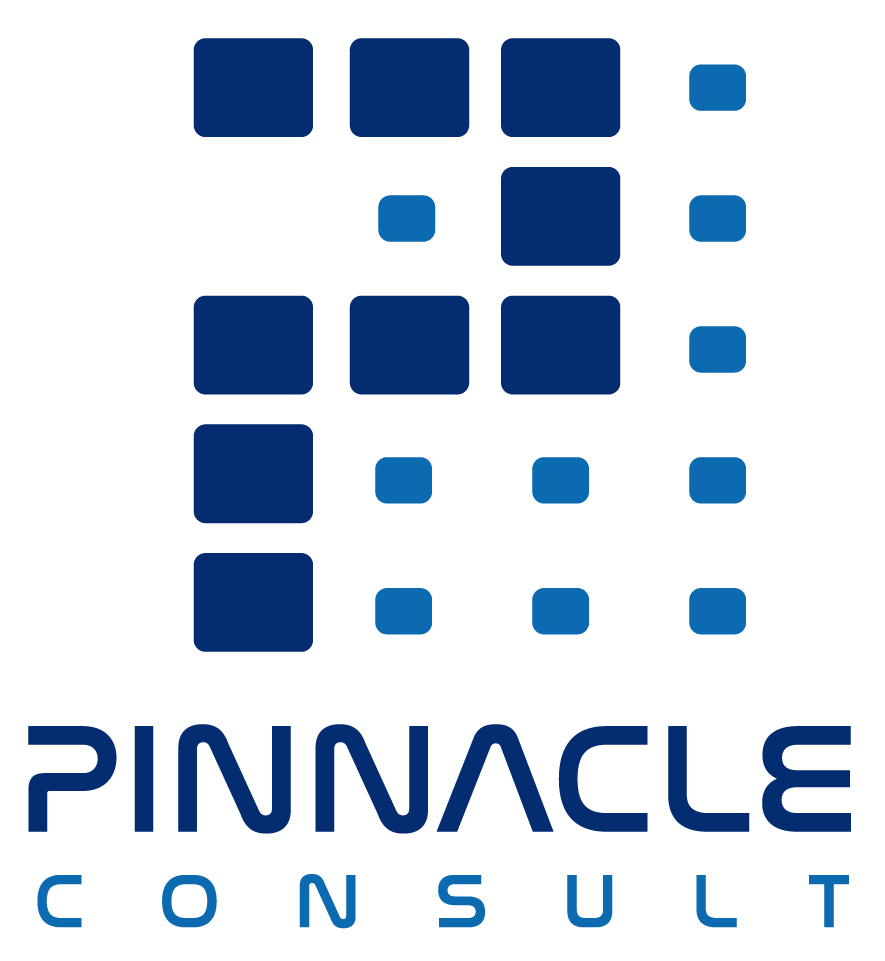1 New York Times bestseller “Atomic Habits,” James Clear defines the term “atomic habits” as “a regular practice or routine that is not only small and easy to do but also the source of incredible power.”
As its chemical name suggests, an atomic habit has three key attributes: it is small, a building block of a larger system, and a source of energy. Due to their approachable nature, atomic habits are the foundation for building significant changes.
For example, an aspiring author can commit to a manageable atomic habit like writing one sentence every day. Once this routine feels natural, the aspiring author may feel motivated enough to increase the habit’s difficulty (like writing five sentences every day) or to add another habit (like reading for fifteen minutes daily). When you stack atomic habits on top of each other, a self-improvement powerhouse is born.
So, why am I talking about personal habit-building in a business blog?
Clear argues that real change results from purposeful, consistent daily actions rather than attempting to overhaul all undesired behaviors at once. Similarly, we often think that improving our business practices requires massive, sweeping actions in a short time period. However, applying the atomic habit mindset to business process improvement (BPI) reveals the dramatic impact small, continuous adjustments can have on your organization.
Business Process Improvement as Habit-Building
We define business process improvement as “an ongoing practice that helps company leaders pinpoint inefficiencies or areas of improvement within their business.” Typically, organizations undertake BPI initiatives when they want to reduce costs, minimize risk, or increase innovation. Like habit-building, BPI requires identifying your organization’s goals, assessing your current state, and committing to making continuous small improvements.
If you want significant and long-lasting improvements, starting small is the key.
Setting goals for your business, like the four mentioned above, is easy. Achieving them through large, rushed process improvement projects, however, is often difficult. Many organizations create complicated, high-level strategies for process improvement, making pursuing their goals seem intimidating and inaccessible.
To truly transform your organization, consider reframing BPI from a lofty endeavor into an atomic habit: an ingrained, indispensable, and foundational aspect of your business operations.
Applying Atomic Habits to Popular Business Process Improvement Methodologies
Atomic habits are small, incremental changes that build upon each other. When organizations adopt the atomic habit mindset and witness its cumulative impact, they set a powerful force in motion: the perpetual drive for improvement. Each change, no matter how small, keeps your organization on a trajectory of constant enhancement and a journey toward excellence.
Applying the atomic habit mindset to popular process improvement methodologies provides the motivation and adaptability for sustained optimization. The four primary BPI methodologies are Lean, Six Sigma, business process reengineering (BPR), and business process management (BPM). In this article, we describe each BPI methodology and use personal habit-building analogies to illustrate the organizational environments to which they are best suited. Because each of these methodologies has strengths and weaknesses, the best approach for your organization will depend on your specific needs.
Regardless of which framework you choose, we explain how the atomic habit mindset is a powerful catalyst that makes these frameworks more effective and enduring, ultimately improving your organization’s bottom line over time.
1. Lean Emphasizes Reducing Waste and Optimizing Efficiency
“If you want to master a habit, the key is to start with repetition, not perfection.” – James Clear, Atomic Habits
Personal Growth: Consider someone who consistently arrives late to work. By identifying time-wasting habits, like sleeping through their alarm and spending an hour scrolling on social media, this person can craft an efficient morning routine that allows them to arrive at work punctually and as their best self. Eliminating even the smallest time-wasting habits can transform your routines if persistently practiced.
Organizational Optimization: The Lean methodology embodies the intentional, incremental habit-building approach that Clear describes. Often used in manufacturing and production environments, Lean is a set of practices that focuses on eliminating waste. By consistently examining the steps of production processes, the Lean approach uncovers hidden excess and improves overall efficiency.
Much like Atomic Habits encourages repetition rather than perfection, Lean repeatedly reviews and updates production processes for optimized performance. Your processes will never be perfectly efficient, but routinely finding small ways to eliminate their time- and resource-draining aspects will keep them changing for the better.
